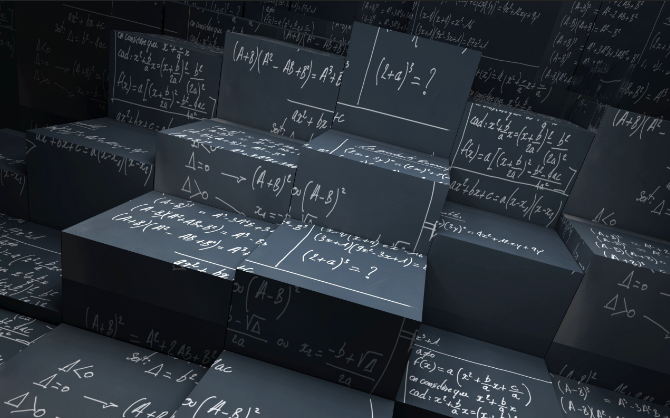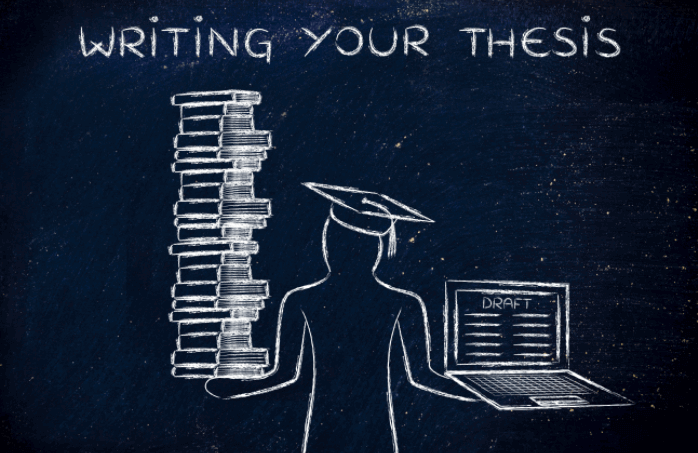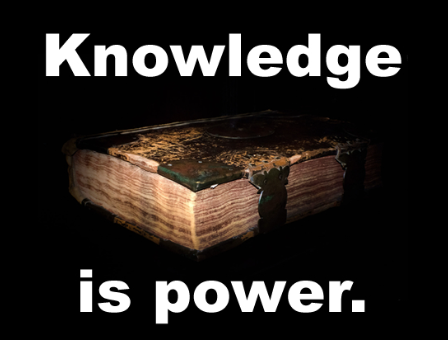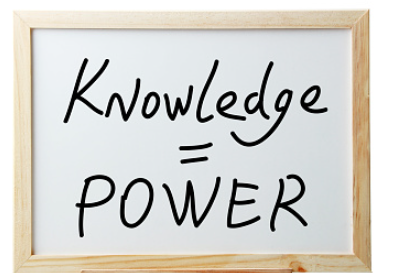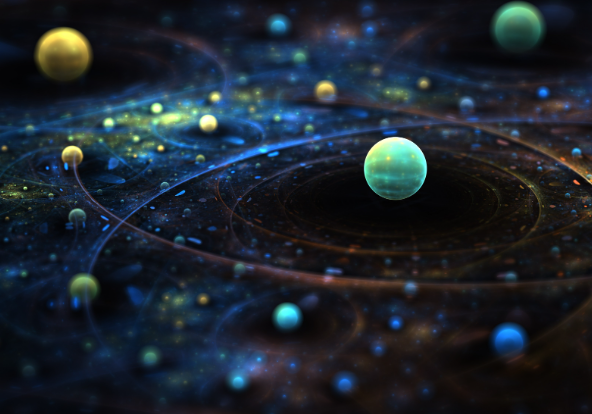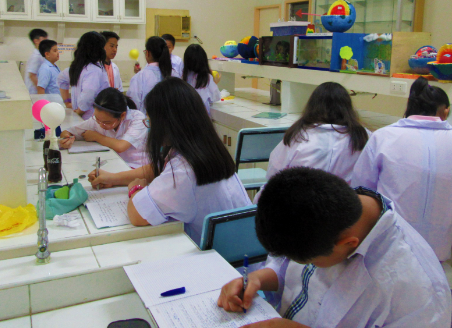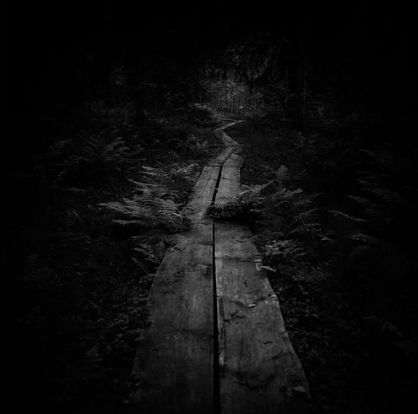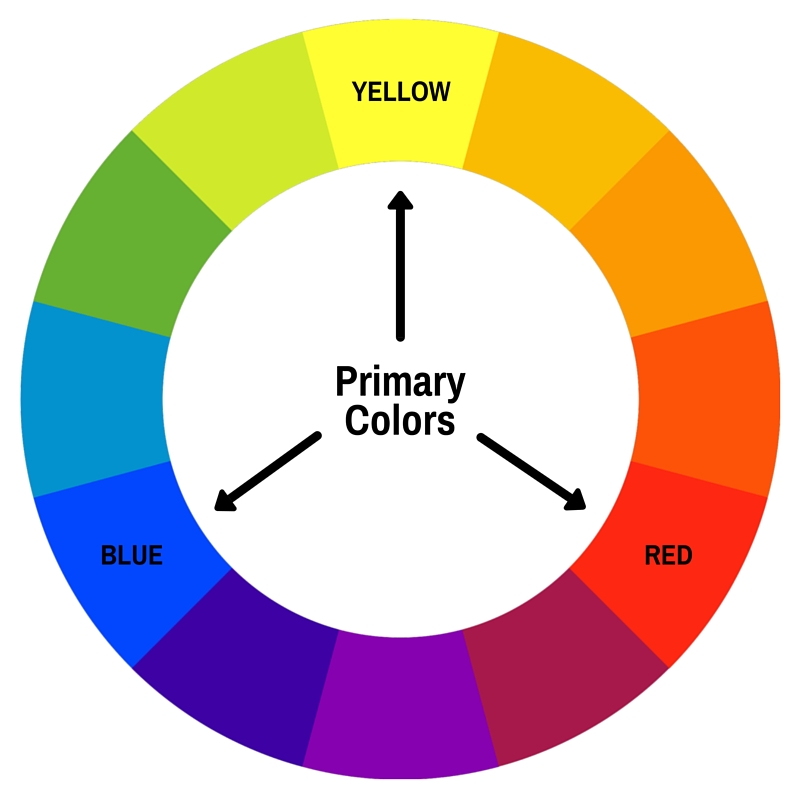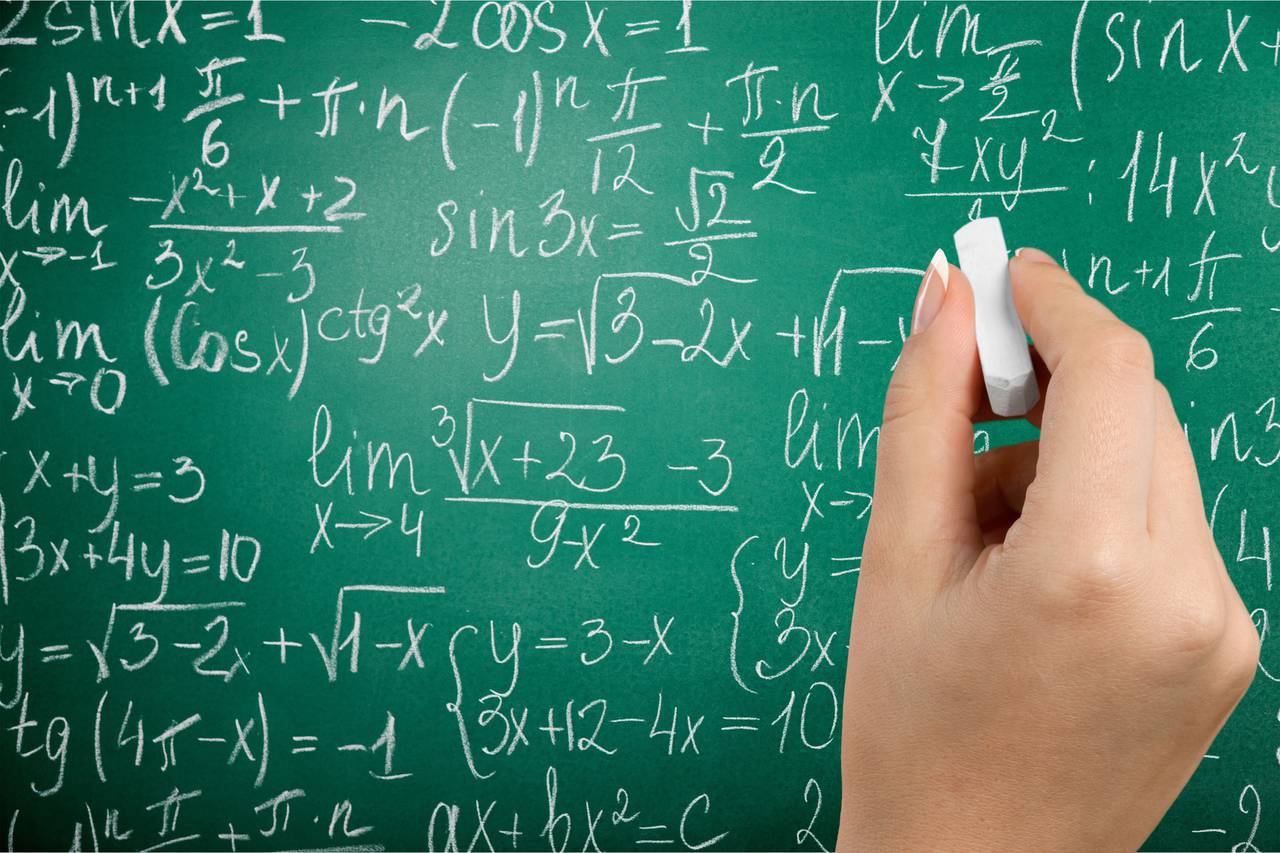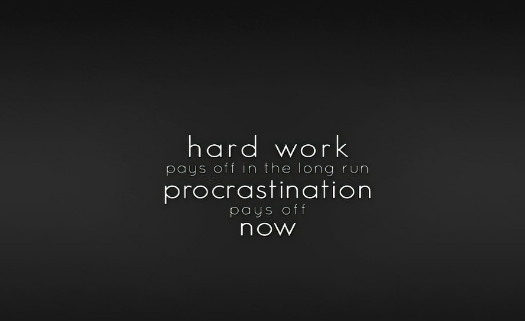In the context of art, a composition refers to the arrangement and organization of elements within a work, such as visual art, music, or writing. It involves the placement, balance, and interaction of various elements to create a harmonious and aesthetically pleasing whole. While the concept of composition can apply to different artistic mediums, I’ll focus on visual art for this explanation.
A good composition in visual art is one that effectively communicates the artist’s intended message or evokes a desired emotional response from the viewer. It captures the viewer’s attention, guides their eye through the artwork, and creates a sense of visual harmony and balance. Here are some key factors that contribute to a strong composition:
- Balance: A good composition achieves a visual equilibrium by distributing elements, such as shapes, colors, or textures, throughout the artwork. Balance can be symmetrical (equal on both sides), asymmetrical (unequal but visually balanced), or radial (radiating from a central point).
- Unity and Harmony: The composition should have a cohesive and harmonious feel, with elements that work together and complement each other. This can be achieved through repetition of shapes, colors, or patterns, or by creating a visual theme or motif that runs through the artwork.
- Focal Point: A strong composition directs the viewer’s attention to a focal point, which is the main point of interest in the artwork. This can be achieved through the use of contrast, emphasis, or placement of elements to create a visual hierarchy.
- Rule of Thirds: The rule of thirds is a guideline in composition that suggests dividing the artwork into a grid of nine equal parts using two horizontal and two vertical lines. Placing important elements along these lines or at their intersections can create a visually pleasing and balanced composition.
- Scale and Proportion: The size and proportion of elements within the composition should be carefully considered to create a sense of balance and visual interest. Varying the scale of elements can add depth, emphasis, or create a focal point.
- Depth and Perspective: The use of perspective techniques, such as linear perspective or atmospheric perspective, can create a sense of depth and spatial relationships within the composition. This adds visual interest and can guide the viewer’s eye through the artwork.
- Negative Space: Negative space refers to the empty or unoccupied areas surrounding the main subject or objects in the composition. Effective use of negative space can enhance the overall composition by providing breathing room, emphasizing the main subject, or creating a sense of balance.
- Movement and Rhythm: A good composition can create a sense of movement or flow, leading the viewer’s eye through the artwork. This can be achieved through the arrangement of lines, shapes, or forms that create visual pathways or patterns.
- Contrast: Contrast in color, value, texture, or shape can add visual interest and make elements stand out in the composition. It can create a sense of drama, emphasize focal points, or highlight important details.
- Originality and Creativity: While there are guidelines and principles for good composition, creativity and originality are also important. Pushing the boundaries, experimenting with different approaches, and adding a personal touch can make a composition unique and engaging.
Ultimately, what makes a good composition can be subjective, as it depends on the artist's intention and the viewer's interpretation. However, understanding and applying these principles can help artists create visually compelling and impactful compositions.



